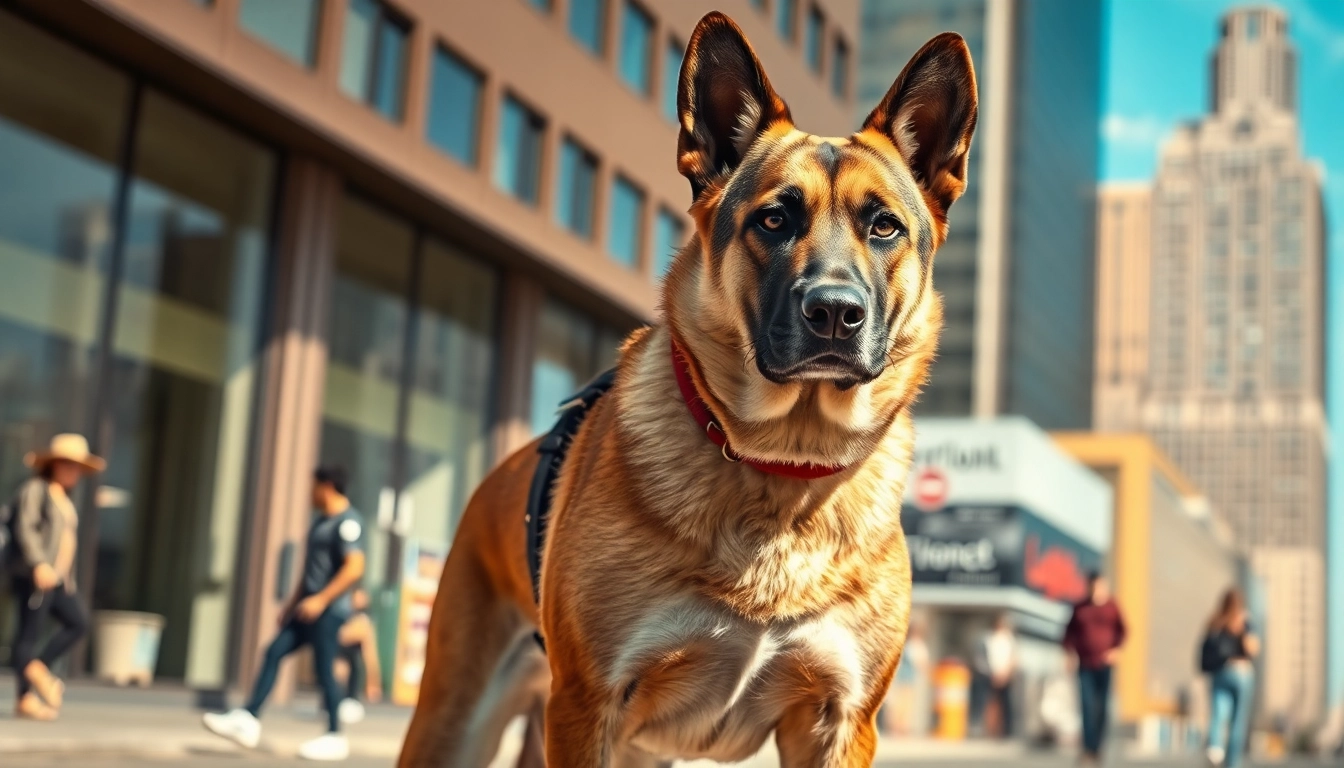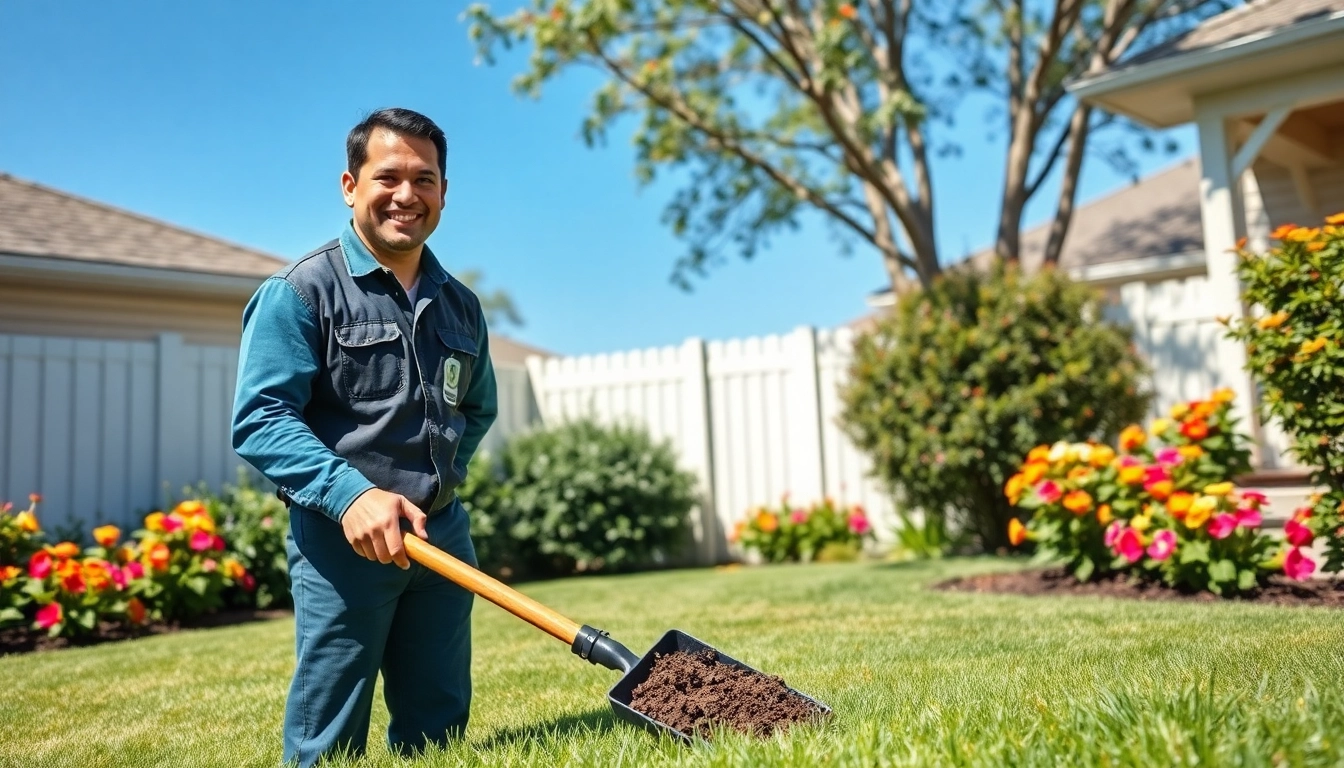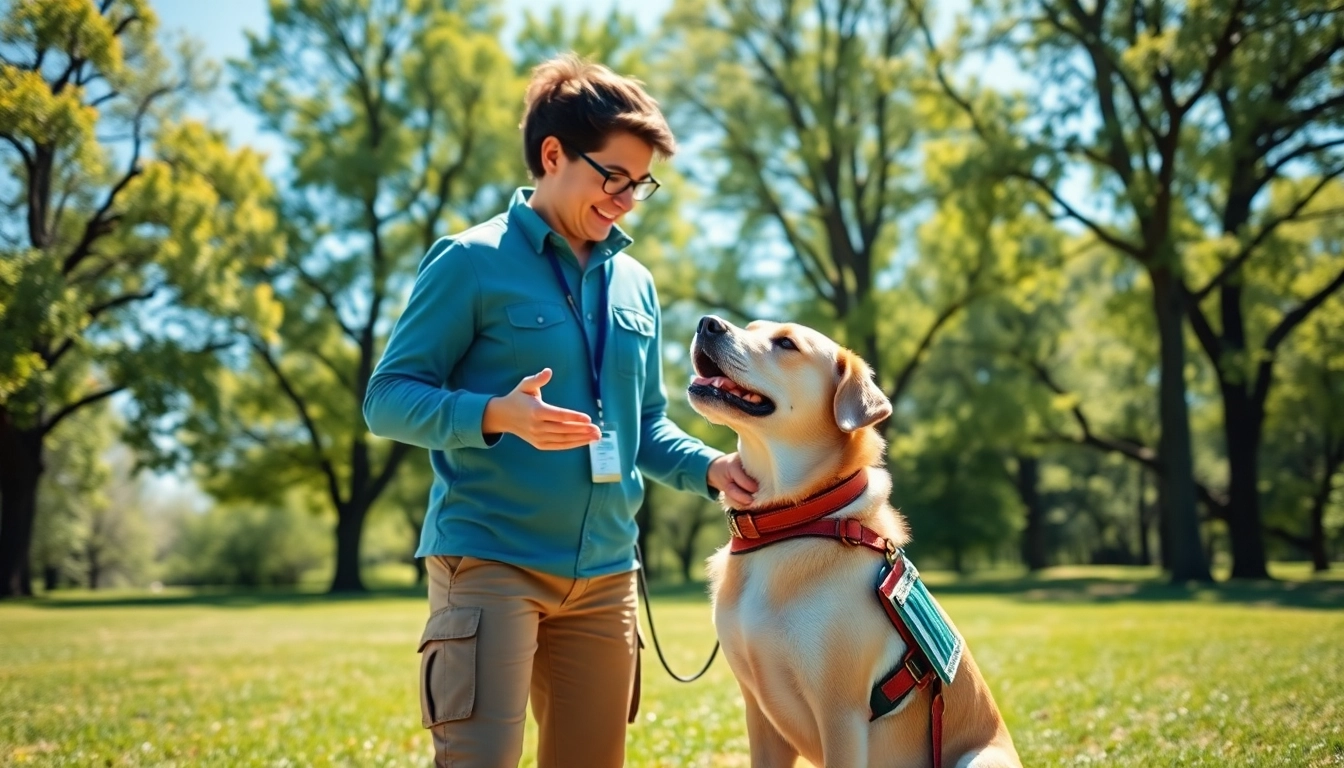The Role of Security Dogs in Safety and Protection
Security has become a paramount concern in today’s increasingly unpredictable world. Among the diverse range of security solutions, Security Dogs stand out as a uniquely effective method for enhancing safety. These highly trained canines offer not only physical protection but also emotional reassurance, making them invaluable companions in both personal and professional security settings. Understanding the crucial role of security dogs helps us appreciate their importance beyond mere protection, recognizing their contributions to mental well-being and community safety.
Understanding Security Dogs and Their Importance
Security dogs are specifically bred and trained to assist in protecting individuals, properties, and assets. They are often employed in various fields, from residential security and law enforcement to military applications and personal protection. The unique capabilities of these dogs stem from their keen senses, instinctual behaviors, and trained responses to various situations. For instance, a security dog’s sense of smell is vastly superior to that of a human’s, allowing them to detect potential threats, explosives, or illegal substances that might otherwise go unnoticed.
Moreover, security dogs can serve as both a deterrent and a proactive measure against criminal activities. Their mere presence in a space can discourage potential intruders, thereby reducing the likelihood of break-ins, vandalism, or other crimes. This factor is especially critical for homes, businesses, and properties that require a visible security presence.
Common Misconceptions About Security Dogs
Despite their many benefits, there are several common misconceptions regarding security dogs that can lead to misunderstanding and misapplication of their roles. One prevalent myth is that all security dogs are aggressive or dangerous. In reality, while security dogs possess protective instincts, they are trained to differentiate between threats and harmless individuals. Proper socialization and training ensure that these dogs can behave appropriately in various situations, allowing them to work effectively without posing a danger to the general public.
Another common misconception is the belief that only certain breeds can act as effective security dogs. While specific breeds may excel in guarding roles due to their physical characteristics and temperament, many dogs can be trained to serve as effective protectors. Factors such as training methods, socialization, and individual personality traits often determine a dog’s suitability for security work, rather than breed alone.
Benefits of Incorporating Security Dogs into Your Security Plan
The integration of security dogs into an overall security strategy presents numerous advantages. First and foremost, they provide an added layer of protection, offering a deterrent effect that can significantly reduce the likelihood of criminal activity. Additionally, trained security dogs can assist in various tasks, such as surveillance, crowd control, and tracking suspects, which broadens the capabilities of security personnel.
Moreover, security dogs can enhance the overall safety and security of environments, facilitating a sense of comfort and reassurance among residents or employees. This psychological benefit fosters trust and confidence in security measures, which is particularly vital in community settings or workplaces where individuals may otherwise feel vulnerable.
Evaluating Different Breeds of Security Dogs
Key Characteristics of Effective Security Dogs
When assessing potential breeds for security purposes, several key characteristics must be considered. These include:
- Temperament: Effective security dogs should possess a balanced temperament, combining confidence, loyalty, and a willingness to protect.
- Trainability: A breed’s intelligence and eagerness to learn are critical for successful training. Breeds that can quickly absorb commands and cues will excel in security roles.
- Physical Attributes: Size and strength are essential for many security applications. Larger breeds may provide a more intimidating presence, while agility can be crucial for certain situations.
- sensitivity to surroundings: Dogs that exhibit heightened awareness and instinctive responses can successfully detect potential threats and react accordingly.
Comparative Analysis of Popular Security Dog Breeds
Several dog breeds are renowned for their efficacy as security dogs. Here is a comparative analysis of some of the most popular security dog breeds:
German Shepherd
The German Shepherd is perhaps one of the most recognizable breeds in law enforcement and private security. Their intelligence, versatility, and strong protective instincts make them ideal for roles ranging from emotional support to apprehending suspects.
Belgian Malinois
Similar to the German Shepherd but slightly smaller, the Belgian Malinois is often favored by police and military for their agility and keen senses. They are incredibly energetic and excel in fast-paced environments.
Rottweiler
The Rottweiler is known for its strength, loyalty, and protective nature. They can be effective guard dogs, able to protect families and properties but require thorough training to ensure friendliness and sociability.
Doberman Pinscher
Highly intelligent and energetic, Dobermans are alert, loyal, and diligent in their roles. Their athleticism makes them reliable protectors, especially in active environments.
Cane Corso
The Cane Corso is a powerful breed with a calm demeanor, known for its family-oriented attitude and ability to protect its loved ones. Their muscular build and protective instincts make them formidable guard dogs.
Choosing Breeds Based on Your Environment
When selecting a security dog, it’s crucial to consider the environment they will operate within. Factors such as the size of the property, the presence of children or other pets, and the typical threats faced can substantially influence breed selection.
For urban environments with high foot traffic and diverse interactions, breeds with high sociability and adaptable temperaments may be preferable. Conversely, rural or isolated settings might benefit from larger, more protective breeds capable of handling threats effectively while offering companionship.
Training and Socialization for Security Dogs
Essential Training Techniques for Security Dogs
Training is an essential component of developing effective security dogs. The foundation of their training often includes basic obedience commands, such as sit, stay, and come, which serve as the basis for more advanced training. Positive reinforcement, including treats and praise, is a widely accepted and effective training method.
Handlers must also teach specific commands related to security tasks, such as alerting their owner, apprehending intruders, or performing searches. Regular training sessions should remain consistent and concise to reinforce learned behaviors and maintain engagement.
The Importance of Early Socialization
Socialization is critical to developing well-rounded and manageable security dogs. Exposure to various environments, people, and other animals during their early stages builds confidence and helps reduce aggression or anxiety in unfamiliar situations.
Handlers can integrate socialization into daily routines by taking dogs on walks in busy areas, visiting parks, or introducing them to guests. Such exposure enables them to be more comfortable in different situations and enhances their effectiveness as protective companions.
Continuous Training: Best Practices for Owners
Security dog training does not end after the initial commands are learned. Continuous training and practice are essential for maintaining skills and adapting to new situations as they arise. Owners should incorporate training exercises into their regular schedules, focusing on refining skills, reinforcing learned behaviors, and addressing any behavioral issues that may arise.
Engaging in activities such as agility training, scent detection exercises, and even playtime can serve as both practice and bonding opportunities. This ongoing relationship solidifies trust and understanding between the handler and the dog, leading to a more harmonious partnership.
Legal Considerations When Owning Security Dogs
Understanding Liability and Insurance Issues
Owning a security dog comes with specific responsibilities, particularly regarding liability. In the event of an incident involving a dog, owners may be held liable for damages or injuries. Understanding local laws, insurance policies, and liability coverage is critical for dog owners to mitigate risks and ensure protection against potential legal issues.
Local Laws and Regulations for Security Dogs
Regulations surrounding the ownership of security dogs vary significantly based on location. Some areas may impose strict breed-specific legislation, leash laws, or zoning requirements that dictate where dogs may or may not be kept. Familiarity with these local laws is essential for responsible ownership.
How to Ensure Compliance and Safe Ownership
To ensure compliance and safe ownership of security dogs, owners must stay informed about relevant laws and guidelines. Regularly consulting with local authorities, joining dog owner groups, and seeking advice from professionals can help maintain a responsible relationship with the community and law enforcement bodies. Furthermore, obtaining proper training and socialization for dogs can mitigate potential behavioral issues, enhancing compliance with owner responsibilities.
Maintaining Health and Wellbeing of Security Dogs
Routine Health Checks and Vet Visits
Like all pets, security dogs require regular health check-ups to guarantee their optimal health and performance. Routine vet visits allow for vaccinations, parasite control, and general wellness assessments to be conducted. Keeping detailed health records can also facilitate preventive care and identify any health issues early on.
Importance of Diet and Exercise for Security Dogs
A well-balanced diet is crucial for the health and efficiency of security dogs. Owners should choose high-quality dog food that caters to their breed, size, and activity level. Monitoring their weight and being mindful of portion sizes can prevent obesity—an issue that can impair a dog’s physical capabilities.
Regular exercise is equally important, as active dogs are happier, healthier, and more responsive. Engaging in various activities, such as walks, playtime, and training sessions, contributes to a well-rounded and physically fit dog.
Recognizing Signs of Stress or Distress in Security Dogs
Security dogs can experience stress or anxiety due to various factors, including changes in their environment, exposure to abusive situations, or inadequate socialization. Owners should be attentive to their dog’s behavior, noting any signs of stress, such as excessive barking, hiding, aggression, or destructiveness.
Identifying the causes of distress allows owners to address these issues effectively, whether through increased training, enhanced socialization, or changes in routine. Addressing such concerns can not only improve the welfare of the dog but also strengthen their capability to fulfill their security role.



